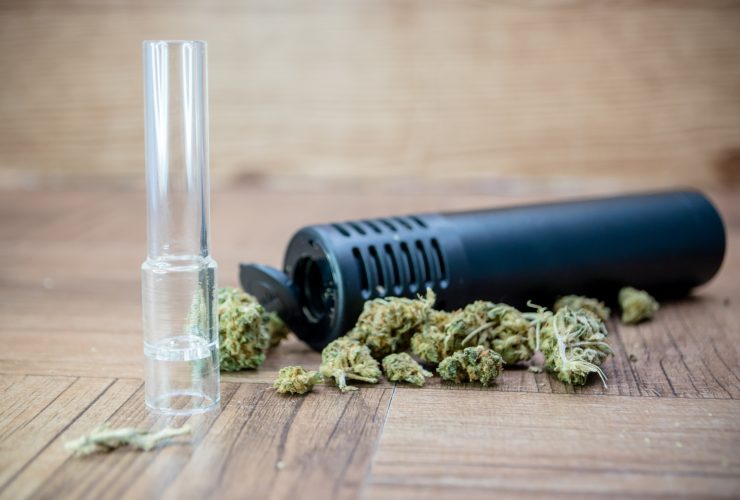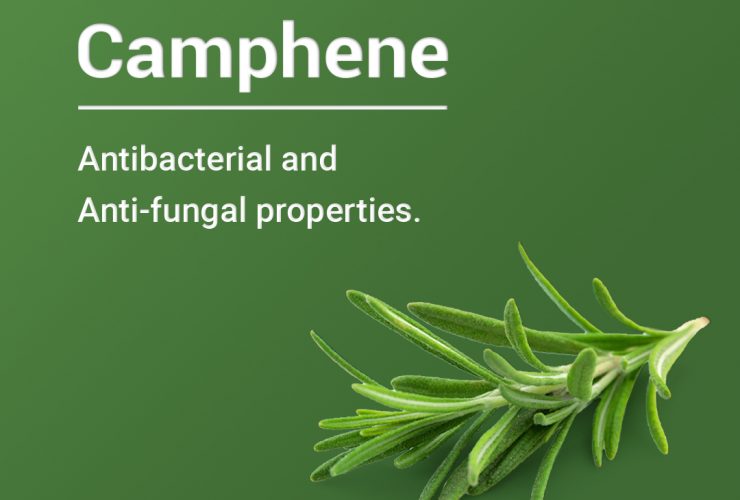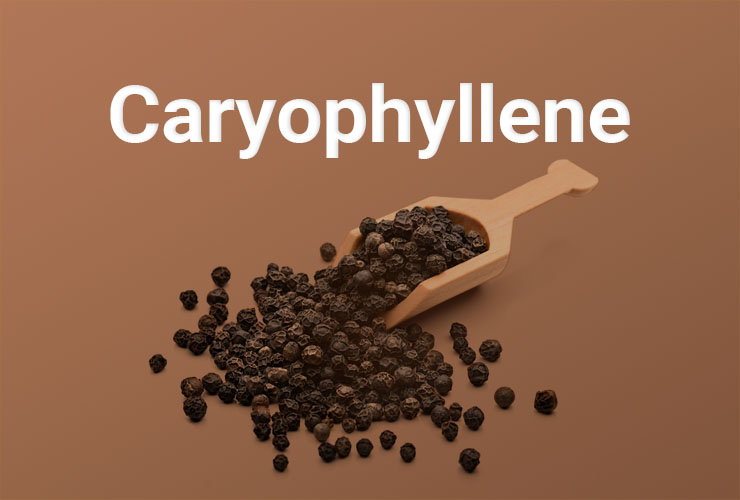Endometriosis & Cannabis: Delivery Methods

Written by
Ingestion
There are a few different methods of ingesting cannabis currently available in the legal Canadian market, including oil, capsules and decarboxylated (decarb) blends.
Taken consistently everyday, CBD can help reduce the inflammation caused by endometriosis. While CBD doesn’t always prevent pain flare ups all together, it can help to reduce the frequency and/or severity of flare ups. CannTrust CBD oil is the top oil for Strainprint users tracking pelvic pain, followed by Aurora CBD oil.
For night and/or high pain days, a 1:1 strain with equal parts THC and CBD or a high THC strain may be needed. Patients with IBS or other gastrointestinal issues may find decarb filled capsules or different carrier oils easier to digest, such as olive or sunflower oil. CannTrust 1:1 oil is the top 1:1 oil for Strainprint users tracking pelvic pain.
The key with any form of cannabis is to start low and go slow. Effects from ingesting cannabis can take up to two hours to be felt but offer more long-lasting relief compared to vaped or smoked cannabis.
Inhalation
For inhalation, vaping cannabis flower is the healthier, more discrete option and is great for breakthrough pain or nausea as it works almost instantly. The only disadvantage is the effects do not last as long compared to ingestion. A combination of vaping and another delivery method, such as topicals or suppositories, can help bring longer lasting relief. Hindu Skunk from Canna Farms is the top flower for Strainprint users tracking pelvic pain.
Topicals
Topicals, such as salves or lotions, can be excellent options when wanting to avoid the head high associated with ingestion or inhalation. They are not legally available in Canada as of March 2019 but are very easy to make at home with either licensed producer oil or homemade cannabis oil. A 1:1 oil applied topically to the belly can help with pain and bloating associated with endometriosis.
Suppositories
Like topicals, vaginal and rectal suppositories aren’t legally available in Canada at the moment but are fairly easy to make at home. Suppositories can be an excellent option for patients who need a higher THC dose for pain relief, but don’t want to feel the head high associated with ingestion or inhalation. They can also be great for patients who don’t tolerate edible forms of cannabis but need longer relief. Check out this easy to follow recipe for cannabis suppositories.
The closest products to suppositories available for patients in Canada are Hydropothecary’s Fleur de Lune spray and Spectrum Cannabis’ Foria oil. Both are intended to use internally but are similar to other MCT based cannabis oils. Given that painful sex is common with endometriosis, these products can be very helpful.
Terpenes
When selecting strains to try for endometriosis, there are three main terpenes to look for:
Caryophyllene is an excellent choice due to its anti-inflammatory and pain-relieving effects.
Myrcene is another excellent choice due to its anti-inflammatory and pain-relieving effects, especially uterine or gastrointestinal cramping. Its sedating effects may also be helpful for patients having trouble sleeping.
Limonene can be helpful for patients experiencing nausea and loss of appetite.
Cannabis is a diverse medicine that has many methods of delivery, and may treat a multitude of symptoms of Endometriosis. As we learn more about cannabinoids, we will be able to make more targeted choices about what we use and how we administer it. For the time being, patients should treat the symptoms with methods that work for them.


